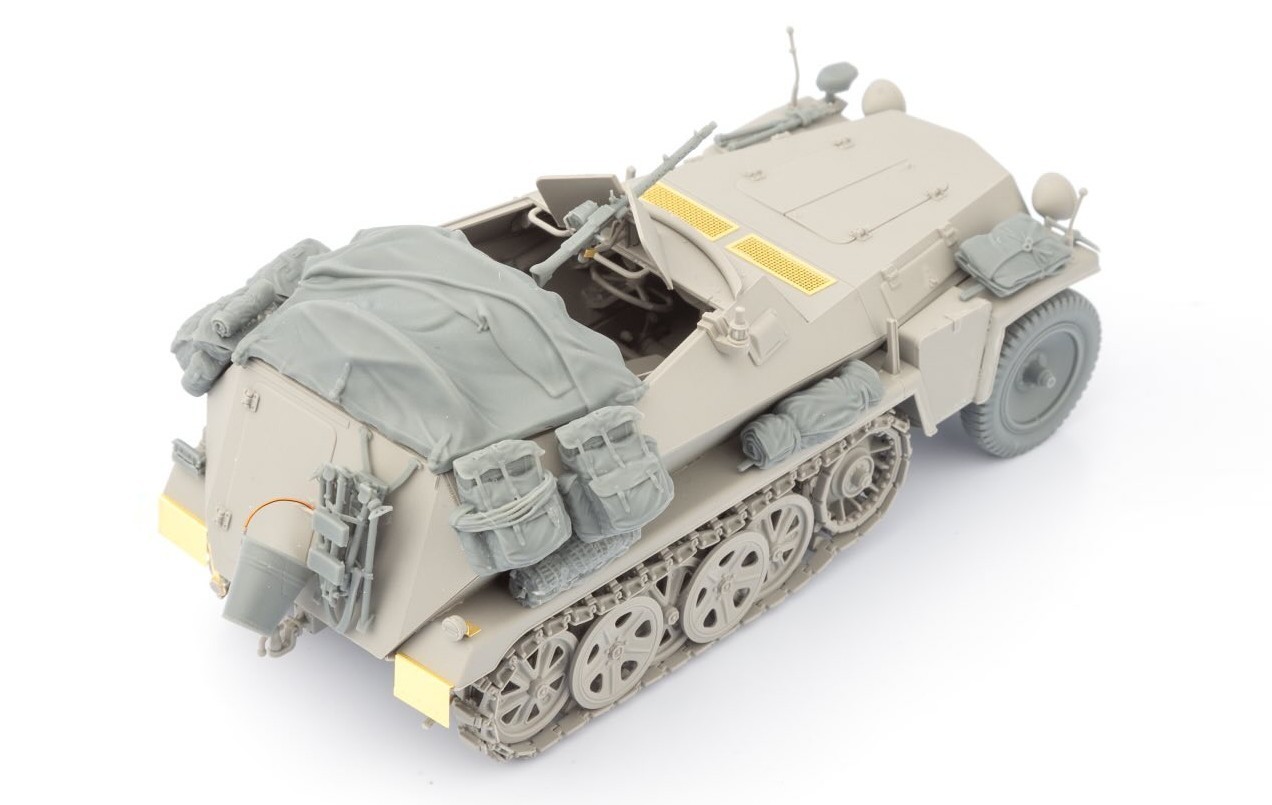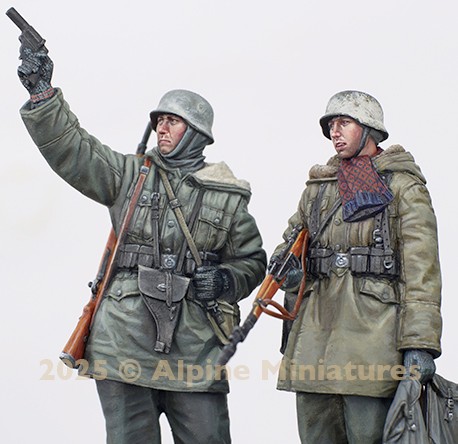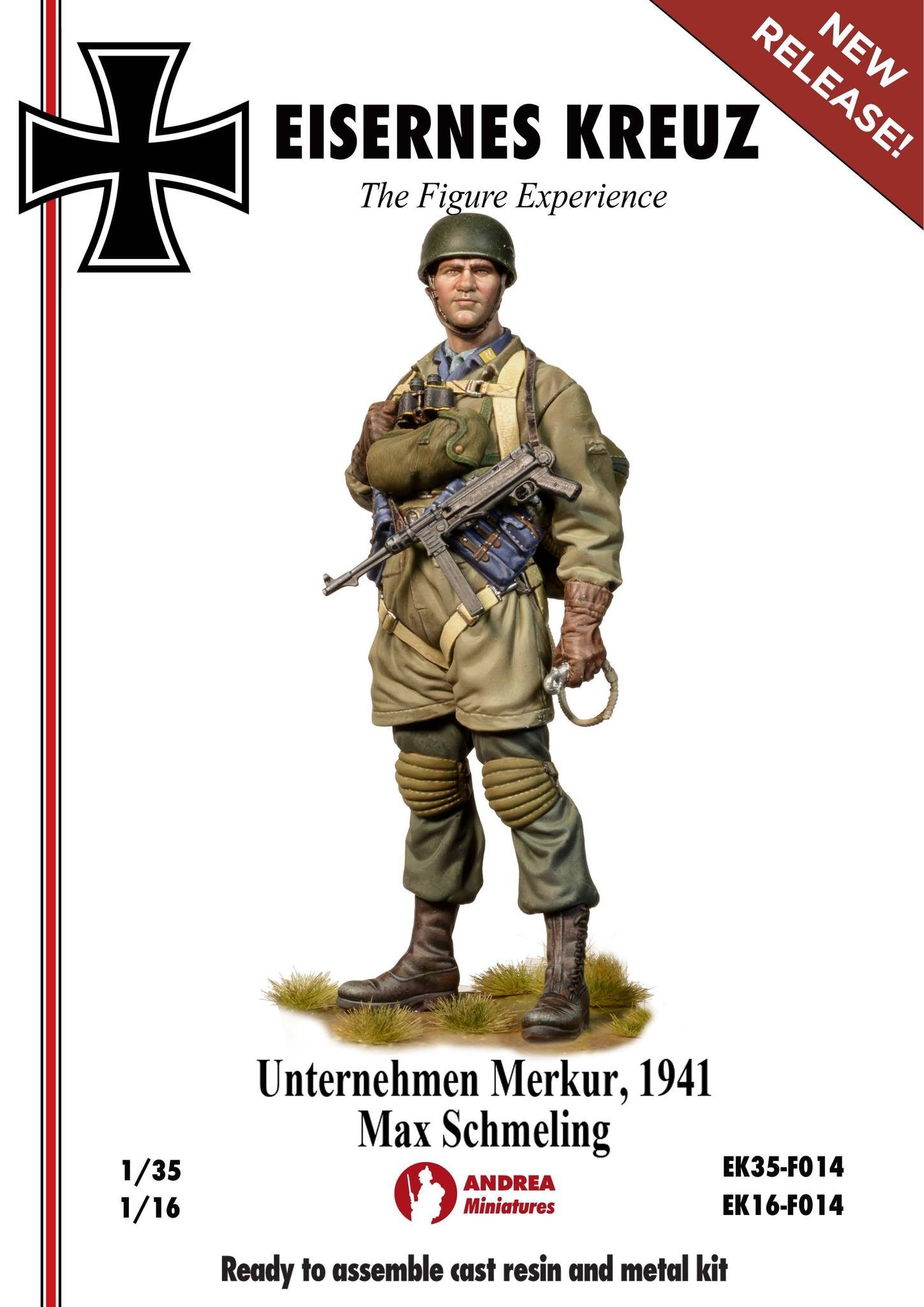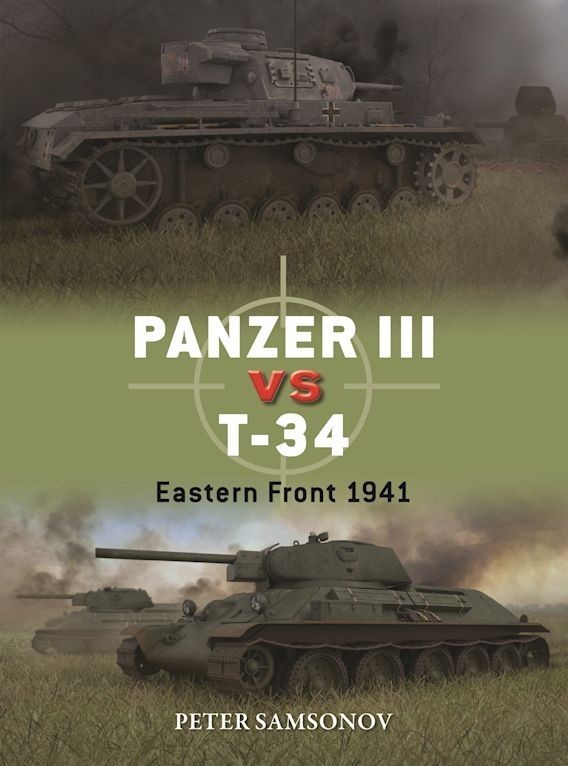
This illustrated study pits Germany's PzKpfw III against the Soviet Union's T-34 in the wake of Hitler's 1941 invasion of the Soviet Union.
This book evaluates the PzKpfw III and T-34 medium tanks fielded by Germany and the Soviet Union during 1941. Both designs were intended to be the primary medium tanks of their respective armies, but owing to manufacturing difficulties, neither was available in quite the numbers intended. Even though both tanks were relatively new, neither was deemed entirely satisfactory, and replacements for both were already on the drawing board. Nevertheless, it was these tanks that clashed in what the Soviet Union called the Great Patriotic War.
While the T-34 rapidly established a fearsome reputation only sometimes borne out by its actual performance, the PzKpfw lII was smaller, lighter, and not as well armed as its Soviet opponent but benefited from the support of a more seasoned and better structured army. Full-colour artwork, archive photographs and authoritative text drawing upon Russian- and German-language sources combine to reveal how the Germans harnessed the advantages of combat experience and superior organization to counter the T-34's tactical strengths, but also how the PzKpfw III quickly lost relevance as it became evident that it could not carry a gun powerful enough to destroy the T-34 at range.
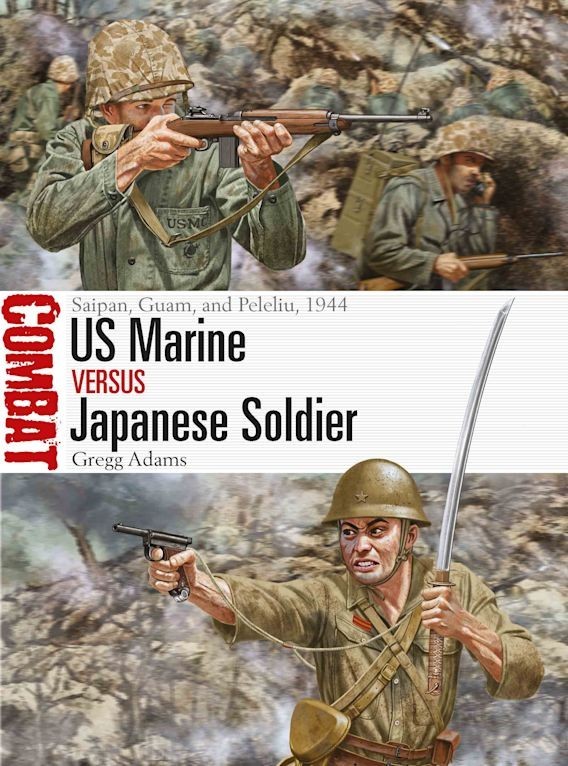
Fully illustrated, this book assesses the US Marines and Japanese troops fighting in three bloody battles of World War II in the Pacific.
In June 1944, the United States military launched an offensive against the Japanese forces holding the Mariana Islands and Palau. The US Marine Corps played a vital role in this campaign alongside Army and Navy forces, while their Japanese opponents mounted a desperate defense of their conquests amid the harsh island terrain. This book assesses both sides' doctrine, tactics, weapons, and battlefield effectiveness in three battles of this stage of the Pacific War.
Landing on Saipan on June 15, the Marines established a beachhead as the Japanese defenders strove to fight to the last man. On July 21, US Marine Corps and Army forces landed on Guam. Only on August 10 was Guam declared secure by the Americans, and even then resistance continued. US forces landed on Tinian on July 24 and wrested the island from its conquerors. Alongside Army troops, the US Marine Corps also targeted the island of Peleliu. Predicted to last four days, the US assault on Peleliu lasted more than two months as the defenders inflicted appalling US casualties. Featuring all-new artwork and mapping alongside archive photographs, this study assesses the tactics and technology employed by the Marines and their Japanese opponents in these bloody battles, as the Pacific War moved toward its grim climax.
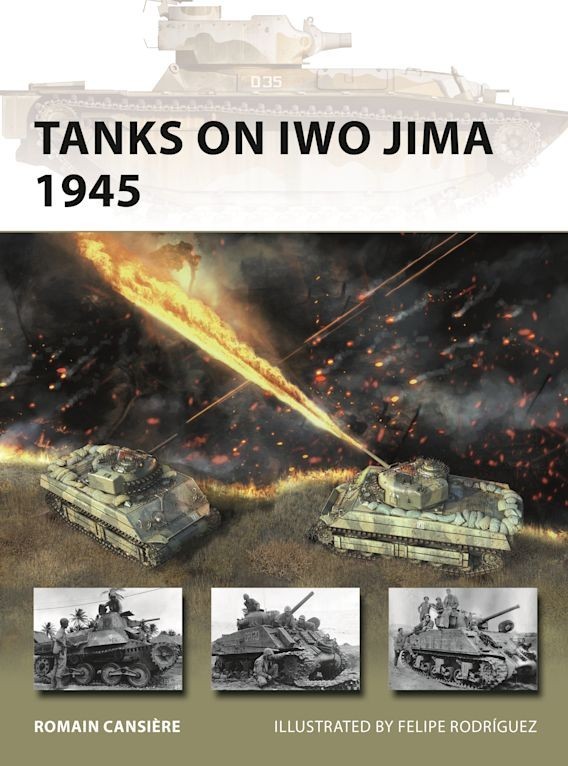
An award-winning US Marine Corps armor historian's account of the role of US and Japanese tanks on Iwo Jima.
The battle of Iwo Jima is iconic and known for its brutality: this was the only battle in which the number of US casualties outnumbered those of the Japanese. But as is often the case with the Pacific campaigns, the tank action on the island has generally been overshadowed by that of infantry. The tank, however, played an important role as a support weapon – especially on the US side – despite the rough terrain and unconventional enemy tactics.
Using unpublished official records and veterans' accounts, award-winning USMC armor specialist Romain Cansière sheds new light on Japanese and USMC armored operations on the island. This book offers new information on the battle in a complete, concise, and accessible format, and its illustrations include unpublished photographs from private collections and meticulously researched new color profiles, highlighting the tanks' modifications and their diverse camouflage and markings.

A fully illustrated study of the Wehrmacht's French volunteer units and their actions on the Eastern Front and in North Africa during World War II.
It is little known that, in late 1941, French volunteer units were among Wehrmacht troops defending Germany in the first bitter winter on the Eastern Front, and also among the last fighting for Berlin in April 1945. After Germany invaded the Soviet Union in June 1941, some 13,000 Frenchmen enlisted in the 'Légion des volontaires français contre le bolchévisme' (LVF), which was reformed as the Wehrmacht's Infanterie-Regiment 638 and posted to Russia.
This volume examines the involvement of French volunteers, not only on the Eastern Front, but also in the 'Phalange Africaine' in Tunisia and in the 'Légion Tricolore', a short-lived military organization under the control of the French Vichy government. Using archive photographs and specially commissioned artwork, it casts a new light on forces fighting for the Axis and studies the French personnel's equipment, insignia and uniforms while describing their involvement in some of the most gruelling battles of World War II.

An engrossing history of the desperate battles for the Rzhev Salient, a forgotten story brought to life by the harrowing memoirs of German and Russian soldiers.
The fighting between the German and Russian armies in the Rzhev Salient during World War II was so grisly, so murderous, and saw such vast losses that the troops called the campaign 'The Meat Grinder'. Though millions of men would fight and die there, the Rzhev Salient does not have the name recognition of Leningrad or Moscow. It has been largely ignored by Western historians – until now.
In this book, Prit Buttar, a leading expert on the Eastern Front, reveals the depth and depravity of the bitter fighting. He details how the region held the promise of a renewed drive on Moscow for the German Army – a chance to turn the tide of war. Using German and Russian first-hand accounts, Buttar examines the major offensives launched by the Red Army against the salient, all of which were defeated with losses exceeding two million killed, wounded or missing, until eventually, the Germans were forced to evacuate the salient in March 1943.
Drawing on the latest research, Meat Grinder provides a study of these horrific battles but also examines how the Red Army did learn from its colossal failures and how its timely analysis of these failures helped pave the way for the eventual Soviet victory against Army Group Centre in the summer of 1944, leaving the road to Berlin clear.























